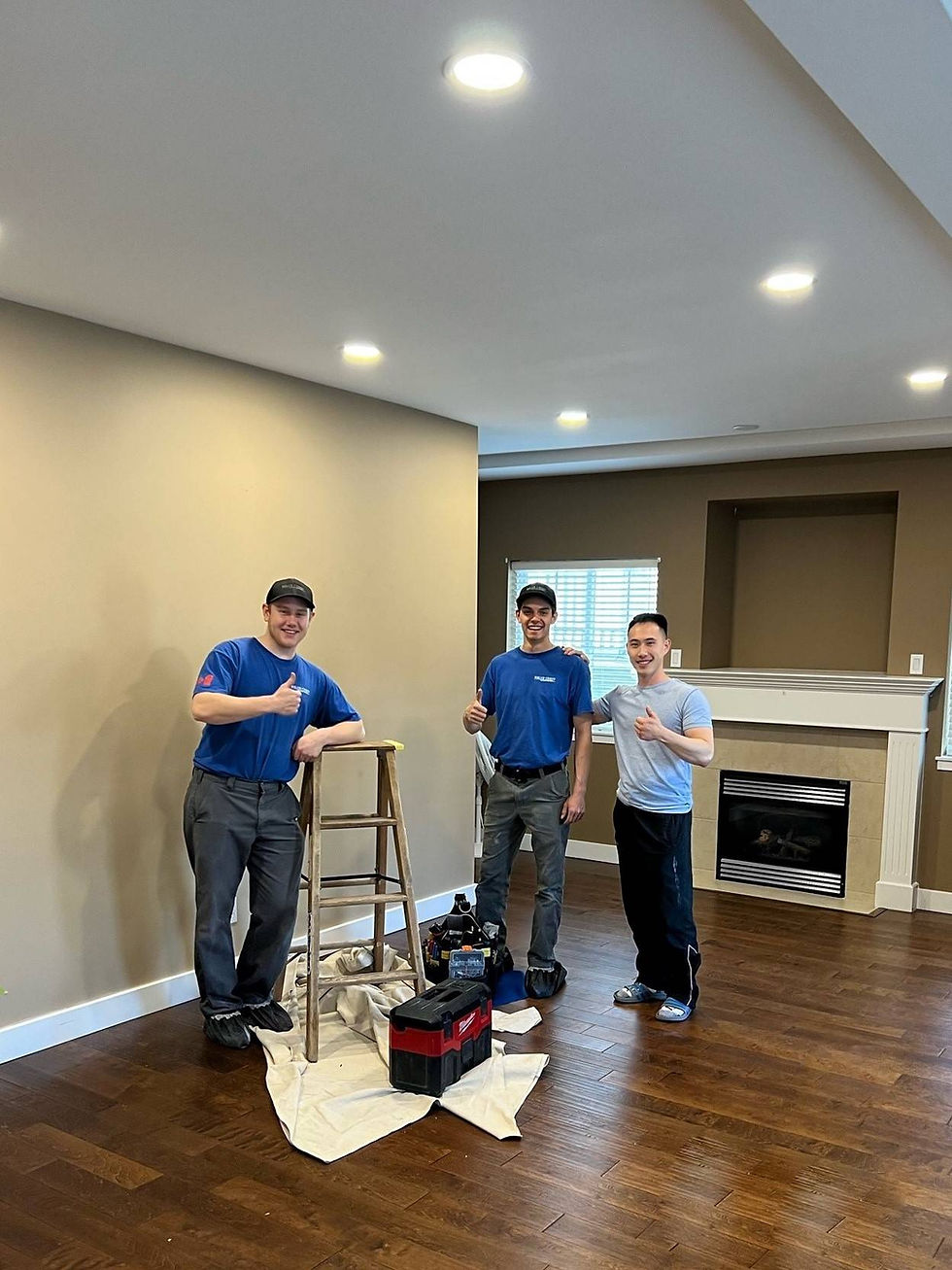How to Install an Electric Car Charger in Your Home
- Yellow Pages Admin

- Mar 22, 2022
- 3 min read
Updated: May 31, 2024
As electrical vehicle sales continue to rise, many homeowners are looking to install a dedicated EV charger in their home. While this may seem like a simple project, many crucial steps must be completed when installing an EV charger. These steps include but are not limited to: acquiring permits, checking your electrical panel, installing a suitable outlet, and applying for a rebate. As a leading provider of commercial and residential electrical services, the team at Blue Crest Electric knows that there are many elements to consider when installing these units. That is why our team has compiled a list of crucial steps outlining how to install an electric car charger in your home and ensure a smooth process.
5 Crucial Steps for EV Charger Installations
To ensure that your charger is installed correctly, complete each of the following steps:
1. Determine Your Home’s Eligibility
While most modern homes are eligible for an EV charger, certain jurisdictions and types of homes are prohibited. That is why you will need to determine that your home is eligible for a level 2 or level 3 EV charger before purchasing one. To determine eligibility, contact your local municipality or Technical Safety BC.
2. Ensure That Your Electrical Panel Has Enough Space
Once eligibility has been confirmed, you will then need to ensure that there is enough space on your electrical panel to accommodate a circuit breaker for the EV charger. If there is not enough space, a professional electrician can upgrade your electrical panel as part of your project. This upgrade offers a variety of benefits, so it is often worth performing regardless.
3. Purchase a Suitable Charger for Your Needs and Panel
If your panel has enough space or you have made arrangements for an upgrade, it is time to purchase a charger of your choice. If you are planning on applying for a rebate, ensure that you are selecting a model that qualifies for one.
4. Contact an Electrician to Obtain Permits and Install the Charger
Once your charger arrives, contact a professional electrician to obtain permits and install it. For certain level 2 chargers, an electrician may only need to install a suitable outlet. To ensure that your charger is installed properly, it is recommended to hire an electrician that has completed the Electric Vehicle Infrastructure Training Program.
5. Apply for a Rebate Once the Installation is Approved and Completed
After the EV charger has been installed, it must be inspected by your municipality or Technical Safety BC to ensure safety and compliance with local bylaws. Upon the successful completion of this inspection, you can apply for a rebate on your charger to get a portion of the purchase price back.
To learn more about our electrical services or to discuss the details of your project, get in touch with the team at Blue Crest Electric. We can be reached through our online contact form and will be happy to answer any questions you may have regarding our residential and commercial services.
Client Testimonial
I recently had Blue Crest Electric install a residential Level 2 EV home charger system. Between the scheduling of the appointments by Lynn, Ray completing an onsite EVSE consultation and Doug and his apprentices completing the install, this project was completed without incident. The project also included applying for the mandatory Technical Safety of BC permit and inspection. Keep in mind, two previous electrical contractors were fired so Blue Crest Electric knows how to deliver on customer service. I highly recommend Blue Crest Electric for your electrical servicing needs. - R.T.




